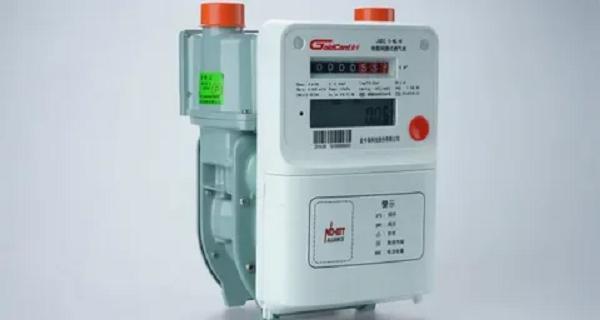How secure is our energy supply? | Newswise – Newswise

Advancing Sustainable Development Goal 7: A New Framework for Energy Security
The global energy transition presents a significant challenge, framed by the energy trilemma: the need to balance sustainability, cost, and security of supply. Achieving this balance is fundamental to realizing Sustainable Development Goal 7 (Affordable and Clean Energy) and SDG 13 (Climate Action). While models exist to quantify sustainability and cost, a robust, quantitative measure for supply security has been lacking. In response, a collaborative research effort has produced a new framework to address this gap, providing policymakers with a tool to design resilient and sustainable energy systems.
Innovation in Energy System Modeling to Support SDGs
In a partnership exemplifying SDG 17 (Partnerships for the Goals), researchers from Empa, ETH Zurich, and the Lawrence Berkeley National Laboratory have developed a novel, five-level model to quantify energy supply security. This innovation directly supports SDG 9 (Industry, Innovation, and Infrastructure) by providing an advanced tool for planning the resilient infrastructure required for a sustainable future. The model overcomes the limitations of previous frameworks by incorporating dynamic effects, which are critical for accurately assessing systems reliant on variable renewable sources like solar and wind.
The Five-Tiered Pyramid for Quantifying Energy Security
The model is structured as a five-level pyramid, with each level offering a distinct, quantifiable index for assessing energy security. This hierarchical approach provides a comprehensive view, essential for planning the sustainable cities and communities envisioned in SDG 11.
- Self-Production: The foundational level assesses a country’s annual energy balance, calculating the ratio of domestic energy production to consumption from its own resources.
- Autonomy: This level quantifies the reliance on energy imports over a year and evaluates the security of those import channels.
- System Adequacy: Introducing dynamic analysis, this tier examines on a high-resolution, often hourly, basis whether energy demand can be met at all times from any available source, domestic or imported.
- Self-Sufficiency: This level measures a system’s resilience by determining its ability to function without any imports for specific periods.
- Complete Autarky: The apex of the pyramid represents a state where a country can meet its entire energy demand from domestic production at all times, ensuring total energy independence.
Case Study: Switzerland’s Pathway to Enhanced Energy Security and Sustainability
The framework was applied to a case study of Switzerland, comparing its current energy system to a future 2050 scenario focused on renewable energy. The analysis demonstrates that a strategic transition to renewables can significantly increase national energy security, directly advancing the objectives of SDG 7.
Key Strategies for a Sustainable Energy Future
The study highlights that Switzerland can bolster its energy security and sustainability through a multi-faceted approach. These strategies are crucial for building the resilient infrastructure and sustainable communities central to SDGs 9 and 11.
- Diversification of Energy Sources: Increasing the variety of renewable energy sources enhances system stability.
- Increased Domestic Production: Expanding in-country renewable energy generation reduces reliance on imports.
- Advanced Storage Solutions: The development and integration of diverse storage technologies—including hydroelectric reservoirs, thermal storage for industrial waste heat, and battery systems like electric vehicle fleets—are critical for managing fluctuations inherent in renewable energy.
Balancing the Trilemma for Holistic Sustainable Development
The research concludes that while complete energy autarky is technically feasible, it would likely compromise the affordability pillar of SDG 7 by dramatically increasing costs. The optimal path forward involves a balanced strategy that integrates secure imports with robust domestic renewable production. This approach allows a nation to effectively manage the energy trilemma, ensuring a secure, sustainable, and affordable energy supply that supports a wide range of Sustainable Development Goals.
Analysis of Sustainable Development Goals (SDGs) in the Article
1. Which SDGs are addressed or connected to the issues highlighted in the article?
- SDG 7: Affordable and Clean Energy
- SDG 9: Industry, Innovation and Infrastructure
- SDG 13: Climate Action
- SDG 17: Partnerships for the Goals
2. What specific targets under those SDGs can be identified based on the article’s content?
SDG 7: Affordable and Clean Energy
- Target 7.2: By 2030, increase substantially the share of renewable energy in the global energy mix. The article directly addresses this by discussing the “use of sustainable sources of energy” and a future scenario for Switzerland in 2050 with a “right mix of renewable energies” to increase energy security.
- Target 7.a: By 2030, enhance international cooperation to facilitate access to clean energy research and technology… and promote investment in energy infrastructure and clean energy technology. The article highlights the collaboration between Swiss institutions (Empa, ETH Zurich) and a US institution (Lawrence Berkeley National Laboratory) to develop a new model for quantifying energy supply security.
- Target 7.b: By 2030, expand infrastructure and upgrade technology for supplying modern and sustainable energy services for all. The article discusses the need for infrastructure like “hydroelectric reservoirs,” “thermal storage facilities,” and “batteries,” as well as innovative approaches like using “electric cars for temporary electricity storage.”
SDG 9: Industry, Innovation and Infrastructure
- Target 9.1: Develop quality, reliable, sustainable and resilient infrastructure… to support economic development and human well-being. The entire concept of the “energy trilemma” (sustainability, costs, supply security) and the development of a model to ensure “supply security” are focused on creating a reliable and resilient energy infrastructure.
- Target 9.5: Enhance scientific research, upgrade the technological capabilities of industrial sectors in all countries… encouraging innovation. The article is centered on a new scientific model developed by researchers from Empa, ETH Zurich, and the Lawrence Berkeley National Laboratory to “quantify energy supply security,” which is a direct example of enhancing scientific research and innovation in the energy sector.
SDG 13: Climate Action
- Target 13.2: Integrate climate change measures into national policies, strategies and planning. The article explicitly states that “The use of sustainable sources of energy is key to halting climate change” and discusses how the energy trilemma framework is used by “policymakers in designing the energy systems of tomorrow.” The analysis of Switzerland’s energy future for 2050 is a practical example of integrating these measures into national planning.
SDG 17: Partnerships for the Goals
- Target 17.6: Enhance North-South, South-South and triangular regional and international cooperation on and access to science, technology and innovation. The research collaboration mentioned between Swiss and US laboratories (“Empa, ETH Zurich, and the Lawrence Berkeley National Laboratory in the US”) is a clear instance of international cooperation on science and technology.
- Target 17.16: Enhance the global partnership for sustainable development, complemented by multi-stakeholder partnerships. The article mentions that the “energy trilemma was developed by the World Energy Council to support policymakers,” showcasing a global, multi-stakeholder partnership working towards sustainable energy systems.
3. Are there any indicators mentioned or implied in the article that can be used to measure progress towards the identified targets?
Indicators for SDG 7 Targets
- For Target 7.2: The primary indicator is the share of renewable energy in the energy mix. The article discusses modeling a “future scenario for the year 2050” with a “right mix of renewable energies.”
- For Target 7.b: The article introduces a new, detailed set of indicators to measure the reliability and security of the energy supply. This is the five-level pyramid model with quantitative indices for each level:
- Self-production: Annual energy balance of domestic production vs. consumption.
- Autonomy: Amount of energy imported and the security of import routes.
- System adequacy: Ability to meet energy demand at any given time (hourly resolution).
- Self-sufficiency: Ability to manage without imports at certain times.
- Autarky: Ability to live off domestic energy production at all times.
Indicators for SDG 9 Targets
- For Target 9.1: Indicators implied are the diversification of energy sources and the capacity of energy storage facilities. The article states that “increased diversification of energy sources” and “additional storage facilities” (hydroelectric, thermal, batteries) contribute to securing the energy supply.
- For Target 9.5: An indicator is the development and application of new scientific models and research publications. The article’s focus on the new model, its publication in the journal “iScience,” and its application to Switzerland’s energy planning serve as a measure of progress in scientific research and innovation.
Indicators for SDG 13 Targets
- For Target 13.2: An indicator is the existence and implementation of national energy strategies that incorporate climate goals. The article refers to Switzerland’s future scenario for 2050, which was modeled in collaboration with the Association of Swiss Electricity Companies (VSE), as an example of such planning.
Indicators for SDG 17 Targets
- For Target 17.6: An indicator is the number of international scientific collaborations on sustainable development topics. The partnership between Swiss and US research institutions is a specific example.
4. Create a table with three columns titled ‘SDGs, Targets and Indicators” to present the findings from analyzing the article. In this table, list the Sustainable Development Goals (SDGs), their corresponding targets, and the specific indicators identified in the article.
| SDGs | Targets | Indicators |
|---|---|---|
| SDG 7: Affordable and Clean Energy | 7.2: Increase the share of renewable energy.
7.b: Expand infrastructure and upgrade technology for sustainable energy. |
Share of renewable energy in the national energy mix.
The five-level pyramid model with quantitative indices for supply security (Self-production, Autonomy, System adequacy, Self-sufficiency, Autarky). |
| SDG 9: Industry, Innovation and Infrastructure | 9.1: Develop quality, reliable, sustainable and resilient infrastructure.
9.5: Enhance scientific research and innovation. |
Diversification of energy sources; Capacity of energy storage facilities (hydroelectric, thermal, batteries).
Development and publication of new scientific models (e.g., the pyramid model published in iScience). |
| SDG 13: Climate Action | 13.2: Integrate climate change measures into national policies and planning. | Implementation of national energy strategies incorporating climate goals (e.g., Switzerland’s 2050 energy scenario). |
| SDG 17: Partnerships for the Goals | 17.6: Enhance international cooperation on science, technology and innovation.
17.16: Enhance the global partnership for sustainable development. |
Number of international scientific collaborations (e.g., Empa, ETH Zurich, and Lawrence Berkeley National Laboratory partnership).
Engagement with multi-stakeholder partnerships (e.g., World Energy Council). |
Source: newswise.com

What is Your Reaction?
 Like
0
Like
0
 Dislike
0
Dislike
0
 Love
0
Love
0
 Funny
0
Funny
0
 Angry
0
Angry
0
 Sad
0
Sad
0
 Wow
0
Wow
0

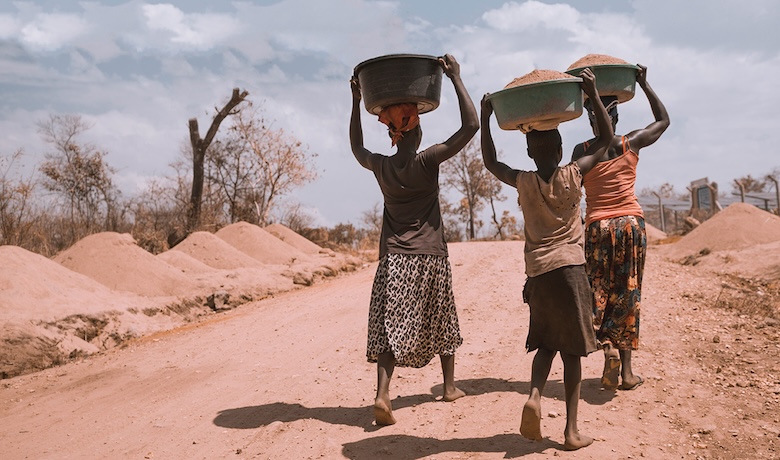









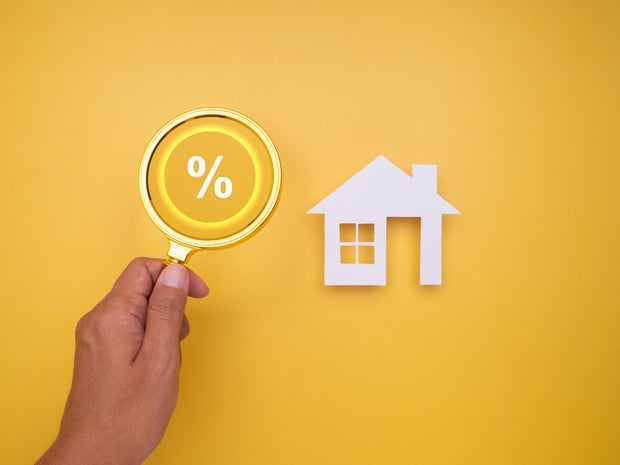






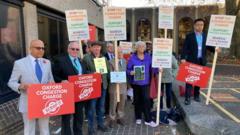










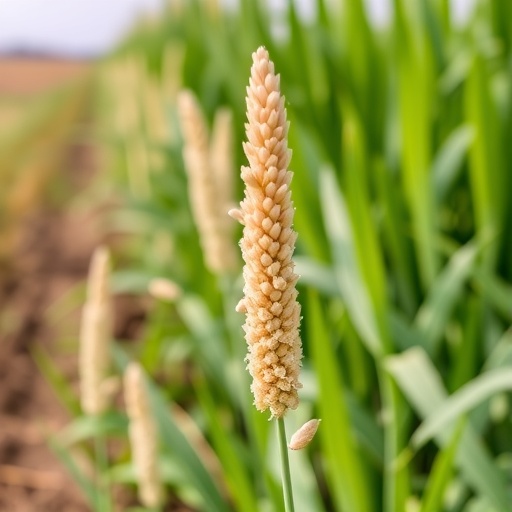

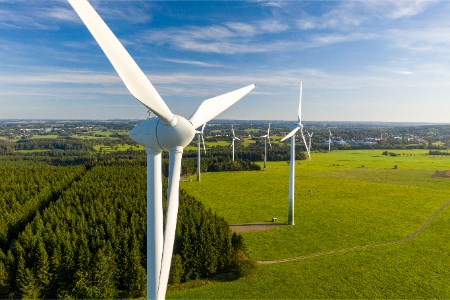
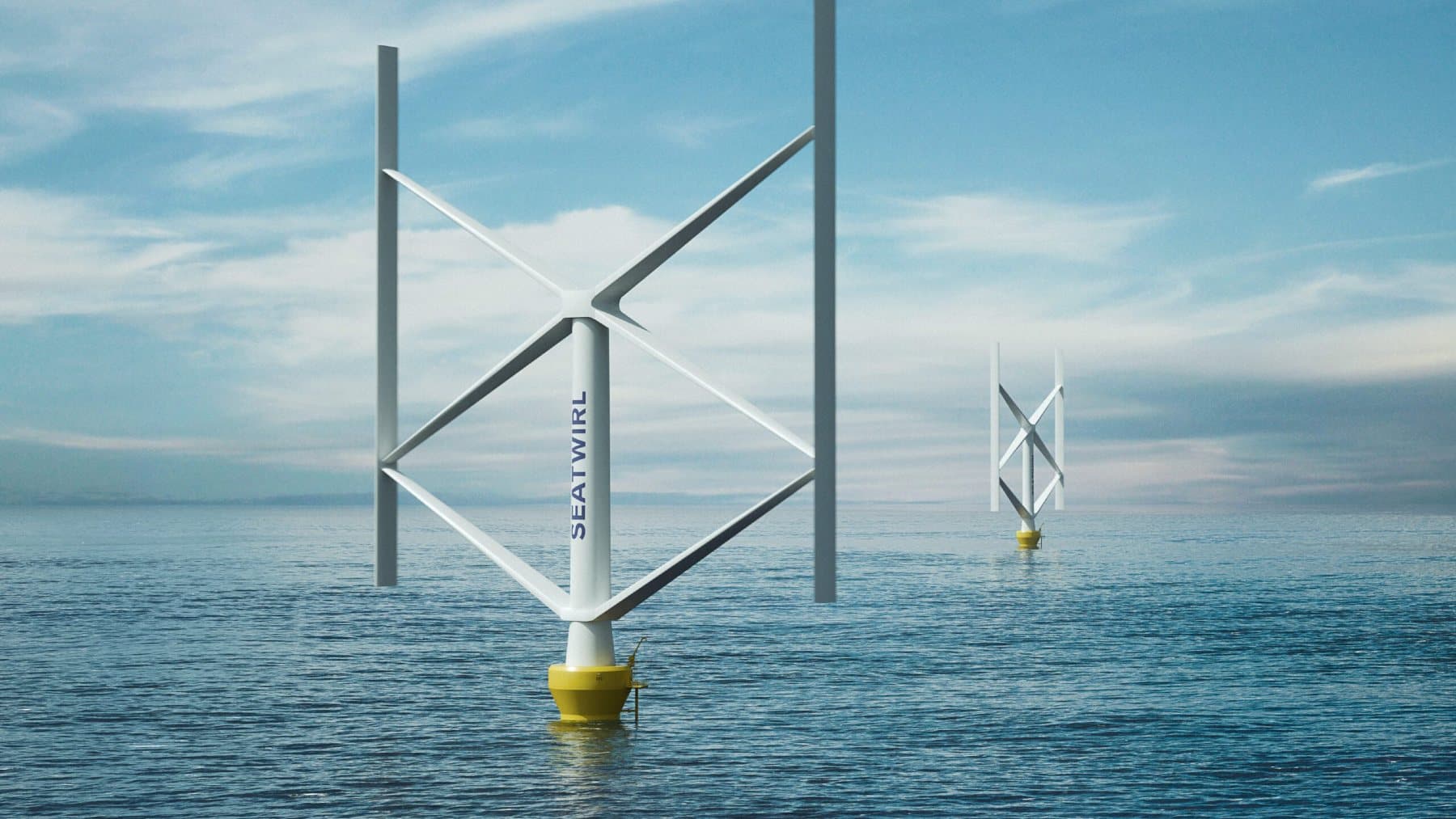




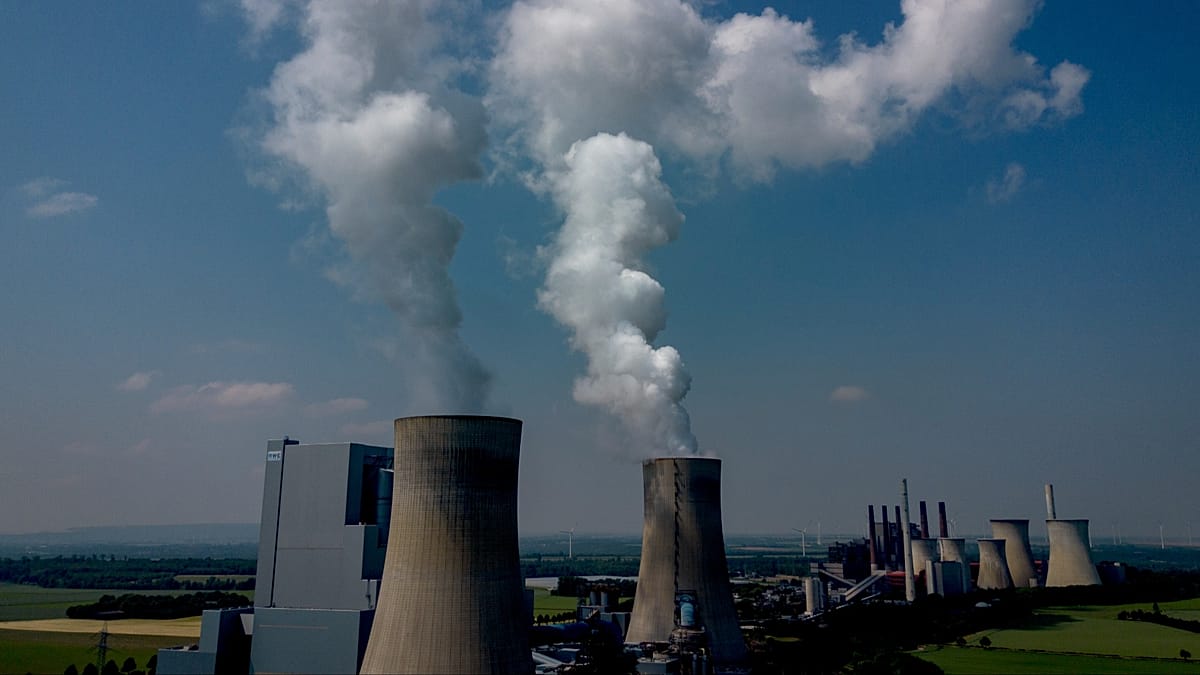



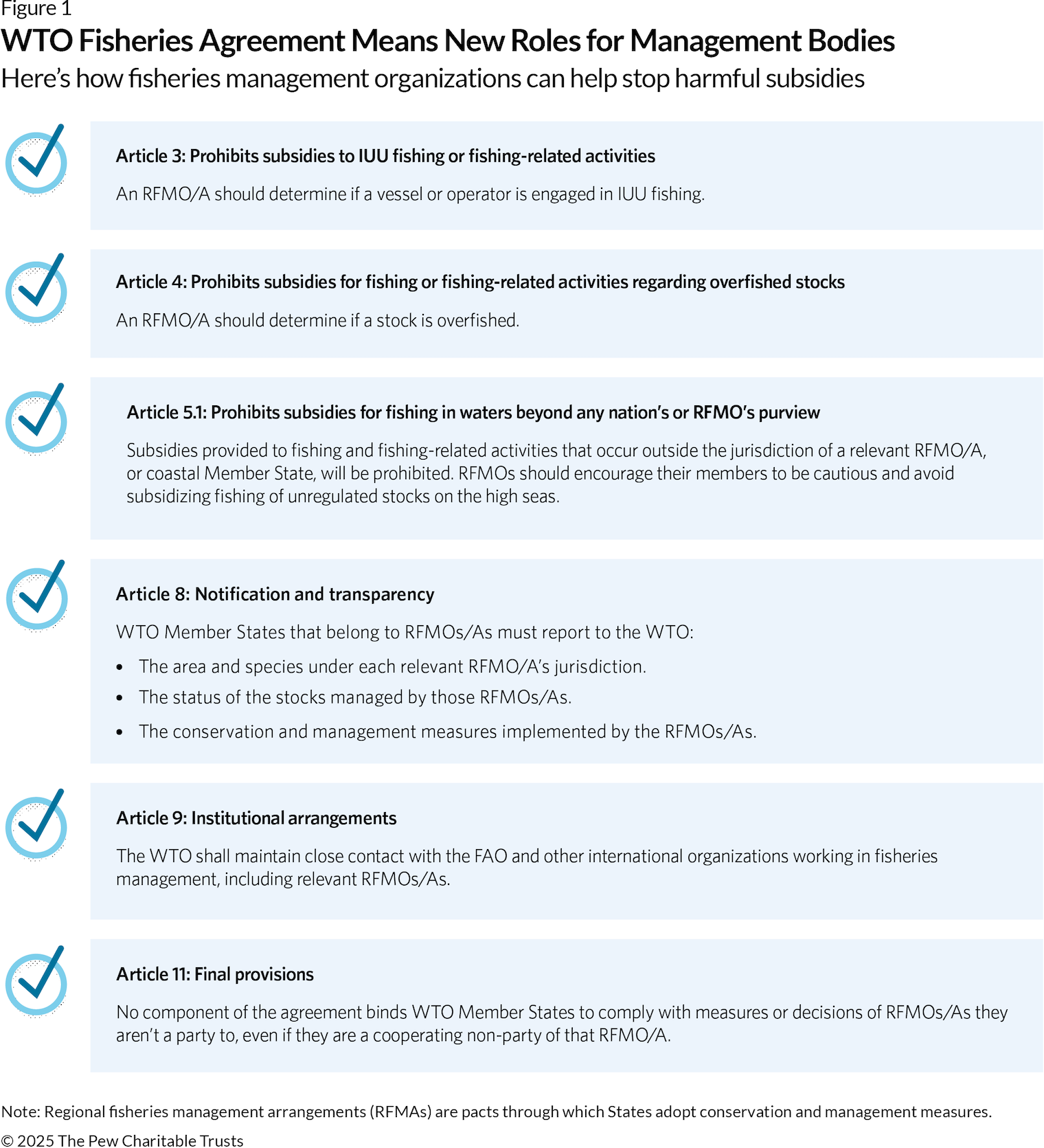

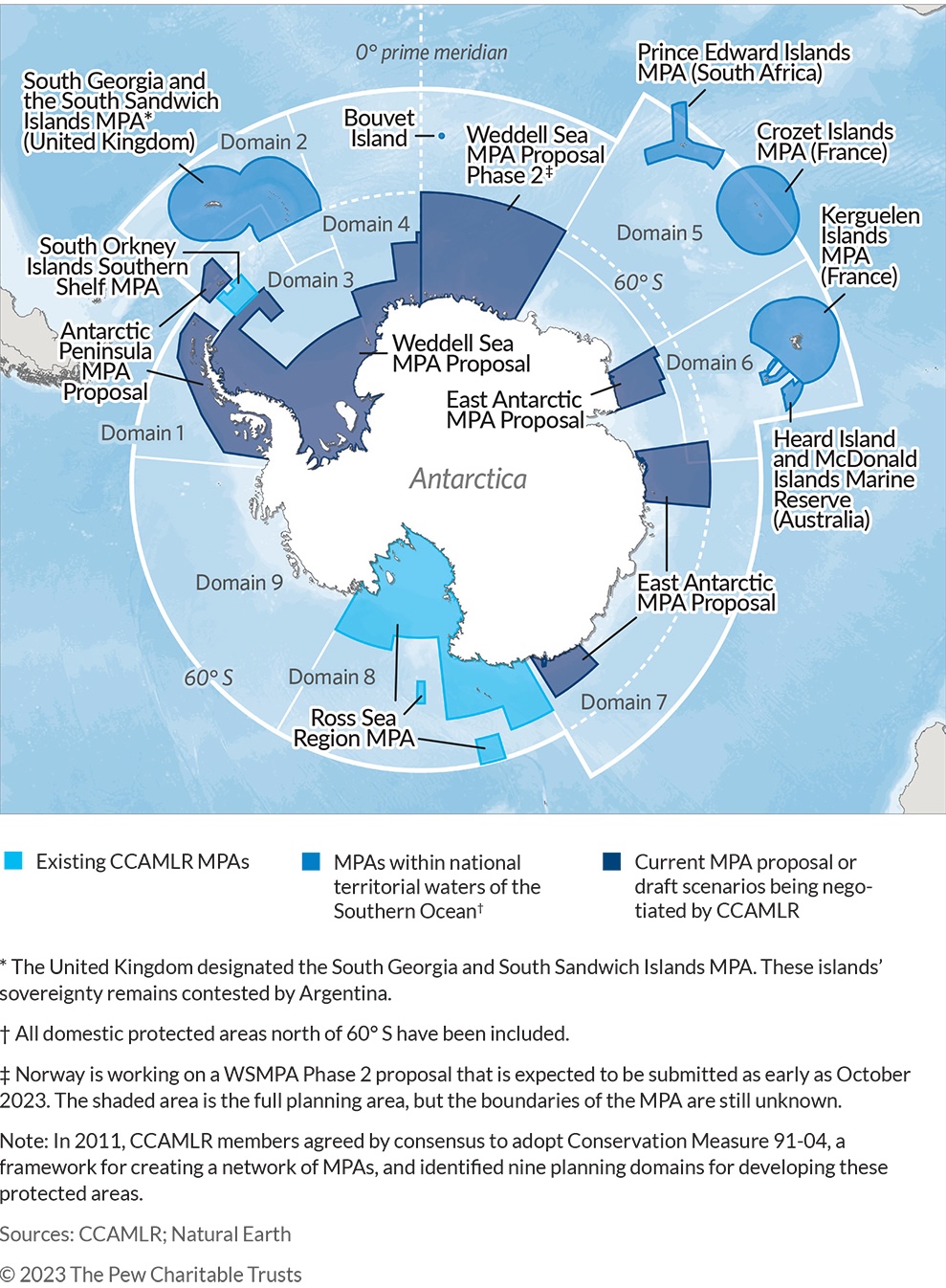











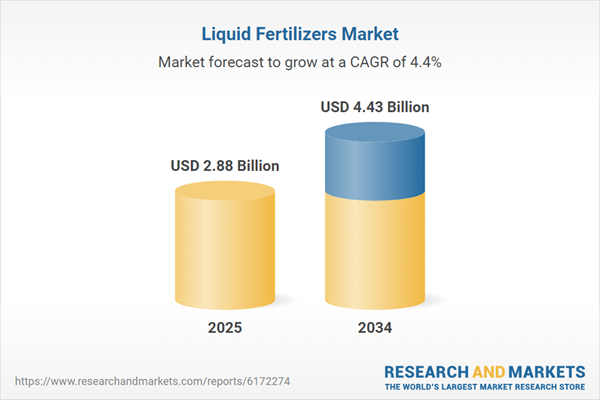

.jpg?h=50da7ea4&itok=DTgFLdpn#)








.jpg?#)

